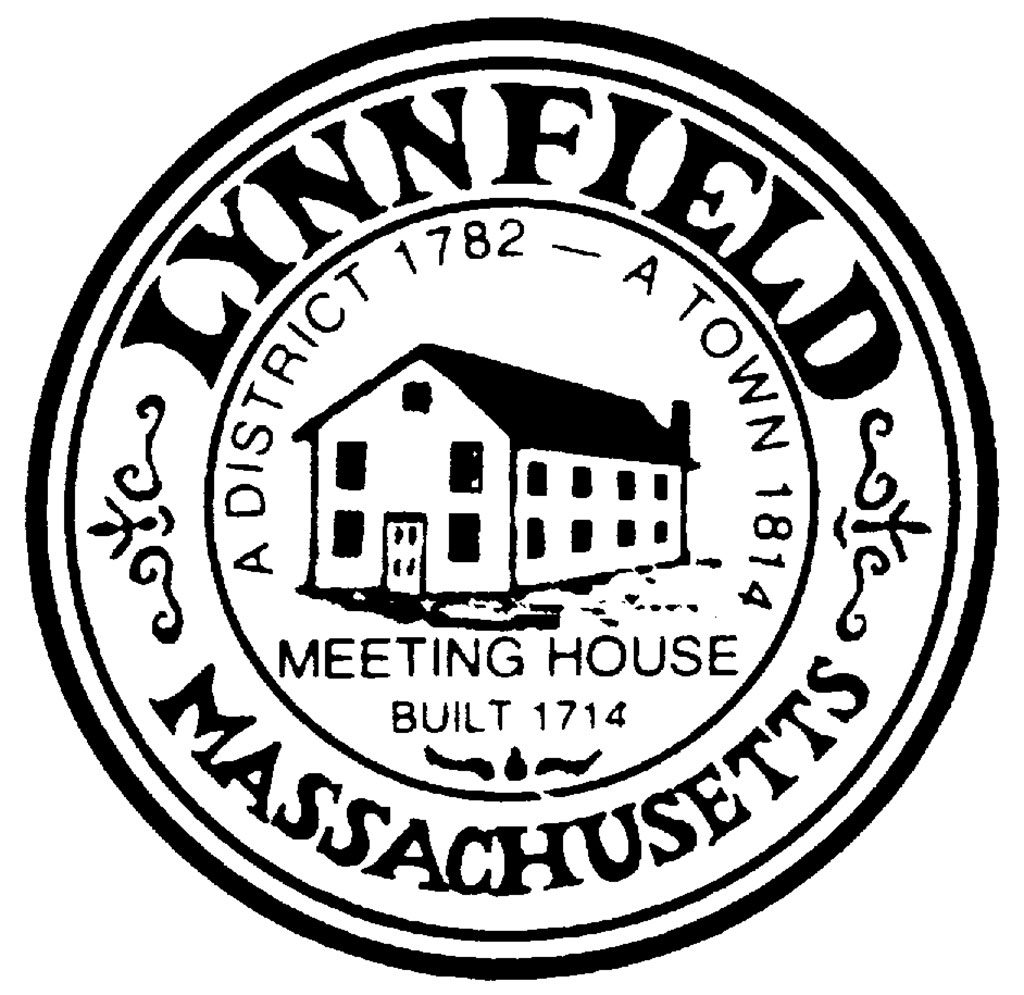Published May 19, 2021

By DAN TOMASELLO
LYNNFIELD — In a surprising turn of events, the Select Board voted to remove the proposed Tree Preservation Bylaw from the Spring Town Meeting warrant during a May 12 meeting.
Planning Board Chairman Brian Charville recalled that last October’s Town Meeting voted to indefinitely postpone the Tree Bylaw after the board and Planning and Conservation Department staff members heard a number of concerns from residents during the lead up to Town Meeting.
“We have improved the bylaw and narrowed it like we said we would based on citizen feedback,” said Charville. “We have worked on the bylaw at every one of our monthly meetings since October. But I understand that it only recently came to your desks, and I would hate more than anything for procedure and process to get in the way of a substantive discussion.”
While Charville said the Planning Board was ready to place the revised general bylaw on the June 12 Town Meeting warrant, he proposed that either the Select Board take the next few weeks to review it or delay it until October Town Meeting.
“I understand it is a lot to ask you folks to review something added to the warrant and then make a recommendation without reading the language for very long,” said Charville.
Select Board Chairman Dick Dalton said he wanted the Tree Bylaw to get delayed until October Town Meeting.
“It was a very controversial issue at the last meeting,” said Dalton. “I think having the appropriate time for us as a board to vet it and for people to realize it has been drastically rewritten is important. I did have the time to go through it, but I think waiting until October is the best way to present it to the town.”
Select Board member Phil Crawford agreed.
“We will have time to review it and it will get vetted properly by the town,” said Crawford.
Select Board member Joe Connell concurred with Dalton and Crawford’s viewpoints.
“I have listened to the Planning Board’s meetings over the last three or four months, and they have worked very hard on this,” said Connell. “But in order for citizens to understand it, I think it would be best to move it to the fall.”
After the discussion, the Select Board voted to remove the Tree Bylaw from the June 12 Town Meeting warrant.
Charville thanked the Select Board for recognizing that “the Planning Board has worked on it a lot and has taken a lot of citizen input over the last several months.”
“I want everybody to know that we have pared the bylaw back,” said Charville. “When this draft comes back in October, it applies only to building activities. Those are the properties where we have seen large-scale tree removal. That is what we think the next step in tree preservation should be. That is what the bylaw focuses on.”
Planning Board member Amy MacNulty recalled that the board’s current and former members “spent a lot of time” discussing and thinking about the revised Tree Bylaw.
“We are ready,” said MacNulty. “We understand the controversy and we are focused on responsible tree management for the residents. The residents are very worried and very concerned, and we want to respond to that concern. We are ready to go.”
Tree Bylaw overview
In a recent “Tree Talk” column that appeared in the Villager, Charville recalled that the Planning Board unanimously voted in early April to submit the revised Tree Preservation Bylaw for the June 12 Town Meeting warrant.
“The bylaw encourages the protection of trees at least 6-inches in diameter during specifically identified building activity within existing zoning setbacks where building activity is already restricted,” Charville wrote. “This area is the ‘tree border,’ where if such protected trees are removed in the course of building activity, they would need to be replaced with saplings of minimum size or mitigated by payment into the town’s existing tree fund to support the town’s overall tree planting on public properties. The bylaw does not prohibit tree removal completely. Rather, in those specific building situations, removed large trees would entail either replacement or a contribution to the tree fund.”
Charville stated that the revised bylaw “would apply only to exterior building activity for new home construction or for any existing home expansion of 50 percent or greater, new subdivisions, projects requiring Special Permits or variances, and work entailing site plan approval.”
“Protected trees that are removed would be replaced on a 1-inch for 1-inch diameter basis,” Charville wrote. “If a 6-inch tree was removed within the tree border, it may be replaced with three 2-inch trees or property owners could pay a tree replacement fee into an existing tree fund, which would reflect the DPW’s current tree purchase and planting costs. The 2021 estimate is $400 for a 2-inch diameter tree.”
Planning Board Vice Chairwoman Kate Flaws informed the Villager that the board “actively sought” feedback from residents who opposed the original Tree Preservation Bylaw.
“We incorporated their feedback into the revised bylaw,” said Flaws. “We did what we said we will do at last fall’s Town Meeting. This version is very constrained.”
If October Town Meeting approves the revised Tree Preservation Bylaw, Charville stated that it would “provide meaningful protection for trees where there is little protection now.”
“We hope homeowners will view this as a positive step for tree preservation in their neighborhoods and throughout our town,” Charville stated.
Previous positions
During a Board of Selectmen meeting on Oct. 15, 2020, Dalton expressed his support for the original Tree Preservation Bylaw. He was “torn” about the bylaw because he wanted to protect the town’s character, but was also sympathetic to residents’ property rights.
“At the end of the day, this serves the purpose of protecting the character of the town,” said Dalton at the time. “I think that is overwhelmingly important to the vast majority of people who live here. It is a reasonable restriction on someone’s individual property rights.”
Crawford was against the original Tree Bylaw.
“I think it is a vast infringement on property rights,” said Crawford at the time. “I can’t in any good conscience put restrictions on what people can do with their properties. I don’t think we should be the tree police, which is how we are acting. If it came back in a different form that didn’t impose as much on residents, I would take another look at it.”




